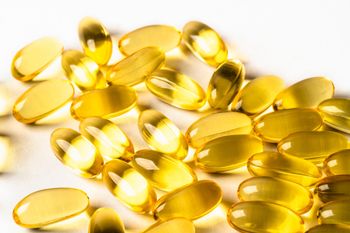
ISSFAL issues statement on relationship between omega-3 blood levels and preterm birth risk
The International Society for the Study of Fatty Acids and Lipids (ISSFAL) has issued a statement acknowledging the relationship between omega-3 EPA and DHA blood levels and preterm birth risk.
The International Society for the Study of Fatty Acids and Lipids (ISSFAL) has issued a
According to ISSFAL, “The evidence synthesis confirmed that omega-3 [long-chain polyunsaturated fatty acids], particularly docosahexaenoic acid (DHA) and eicosapentaenoic acid (EPA), have an important role to play in determining gestational length in singleton pregnancies. Adequate intake of omega-3 LCPUFA in early pregnancy, consistent with existing nutritional guidelines, is associated with a lower risk of preterm and early preterm births for women with singleton pregnancies.”
The suggested levels which could be defined as low, were less than 4.2% total fatty acids in whole blood, and less than 3.7% total fatty acids in serum. However, this definition is not standardized, ISSFAL acknowledges. “While the suggested definitions for low omega-3 status are derived from the largest trial to date there is no internationally agreed cut-off to define omega-3 depletion in pregnancy,” writes ISSFAL, in its statement. “It would be worthwhile for future investigations to confirm the validity of different measures of omega-3 status for decision-making around omega-3 supplementation to reduce risk of early birth.”
For example, a
OmegaQuant, which is an independent, CLIA-certified lab that offers nutritional status testing to researchers, clinicians and the public applauded ISSFAL’s statement. “We are excited about where the field is going and hope that we at OmegaQuant can play an important role in translating all the great research that has been done into clinically accessible and useable omega-3 status testing," said Jackson, in a press release.
Newsletter
From ingredient science to consumer trends, get the intel you need to stay competitive in the nutrition space—subscribe now to Nutritional Outlook.





